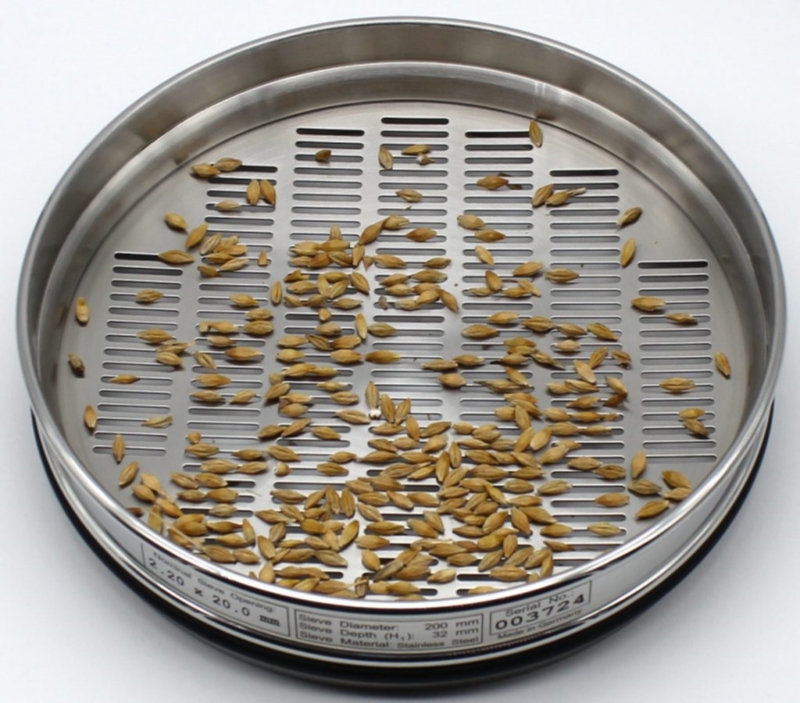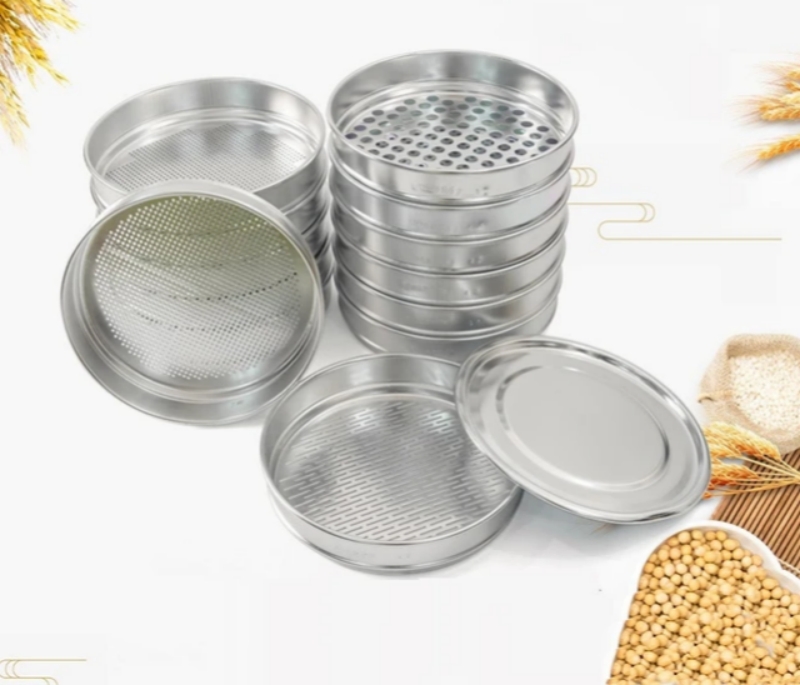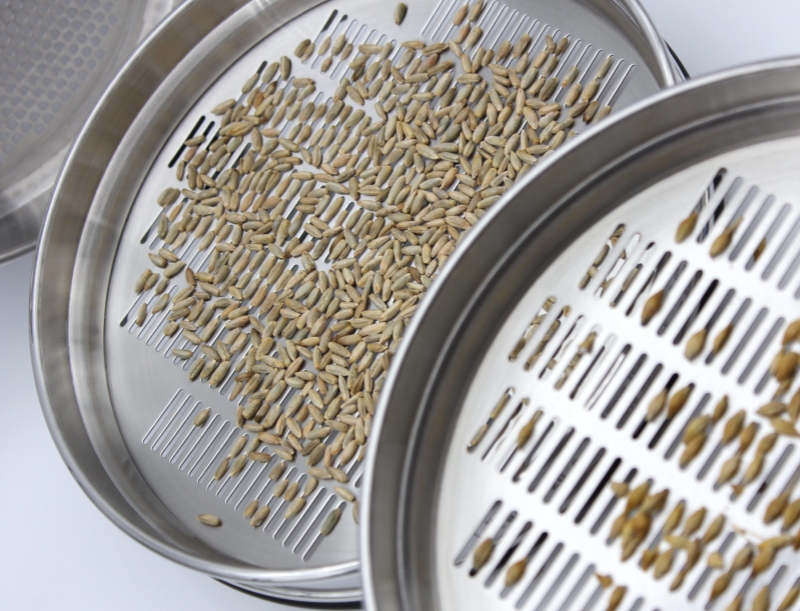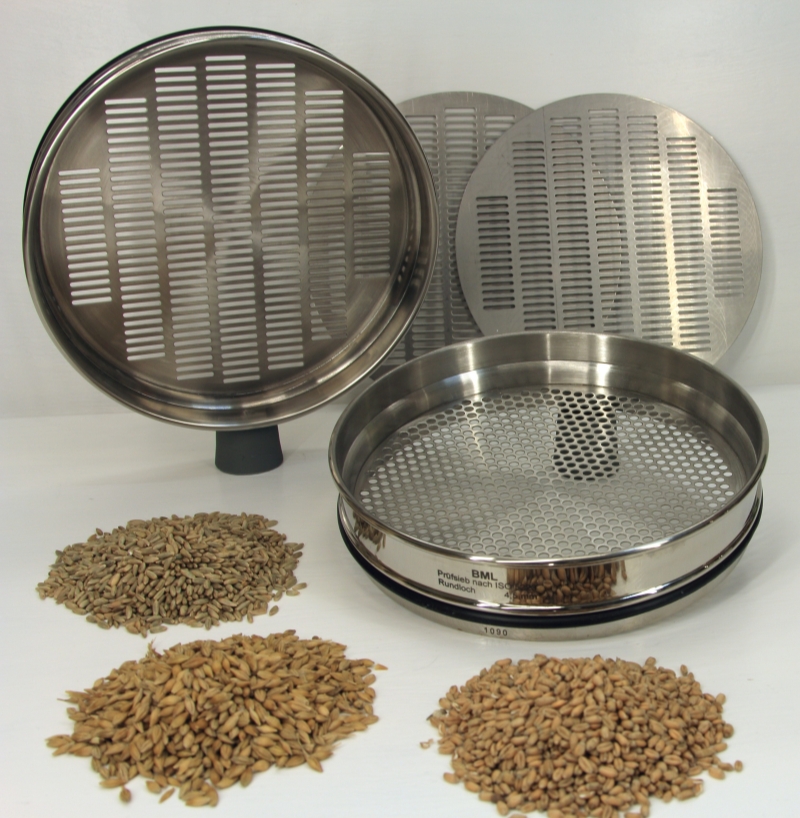Grain sieves are a type of equipment widely used in the agricultural and grain processing industries for sieving and grading grains. It separates grains according to particle size through vibration and screen, removes impurities, and improves the quality and particle size uniformity of grains. Grain sieves play an important role in grain cleaning, processing and quality control.

The working principle of grain sieves is based on vibration and screening. The equipment usually consists of a vibration generator, a screen box and a screen. First, the vibration generator generates vibration force. The vibration force is transmitted to the screen box, causing it to vibrate periodically. This vibration force causes the grain to flow in the screen box.

The grain is then sifted through the sieve mesh in the sieve box. The aperture of the screen is selected as needed and can be determined according to the particle size requirements of the grain and the purpose of screening. The finer grains pass through the pores of the screen, while the larger impurities are intercepted above the screen.
Grain sieves have a wide range of applications. It can be used to clean impurities in grains, such as stones, soil, straw, etc. At the same time, the grain sieve can also classify grains and classify grains according to size to improve the quality and market competitiveness of grains. In addition, the grain sieve can also be used for pre-treatment during grain processing, such as removing chaff, bran, etc.

Grain sieves offer many advantages that make them an indispensable tool in grain processing. First, grain sieves can remove impurities from grains and improve their purity and quality. The presence of impurities will affect the quality and taste of grains. Screening can effectively remove these impurities and improve the quality of grains.

Secondly, grain sieves can achieve grain grading. Grains of different sizes have differences in quality and market demand. Through the classification function of the grain sieve, grains can be classified according to size to meet different market demands. In addition, grain sieves are simple to operate and easy to maintain. The equipment has a simple structure and is easy to clean and repair. Operators can quickly operate and maintain the equipment. In addition, the degree of automation of grain sieves is also increasing. Modern grain sifters are equipped with advanced control systems that can realize automated operation and monitoring, improving production efficiency and work safety.

Grain sieves are widely used in agriculture and grain processing industries. They can not only remove impurities in grains and improve the purity of grains, but also achieve grain grading to meet different market needs. Grain sieves provide convenient and efficient solutions for grain processing and make important contributions to improving grain quality and processing efficiency.
